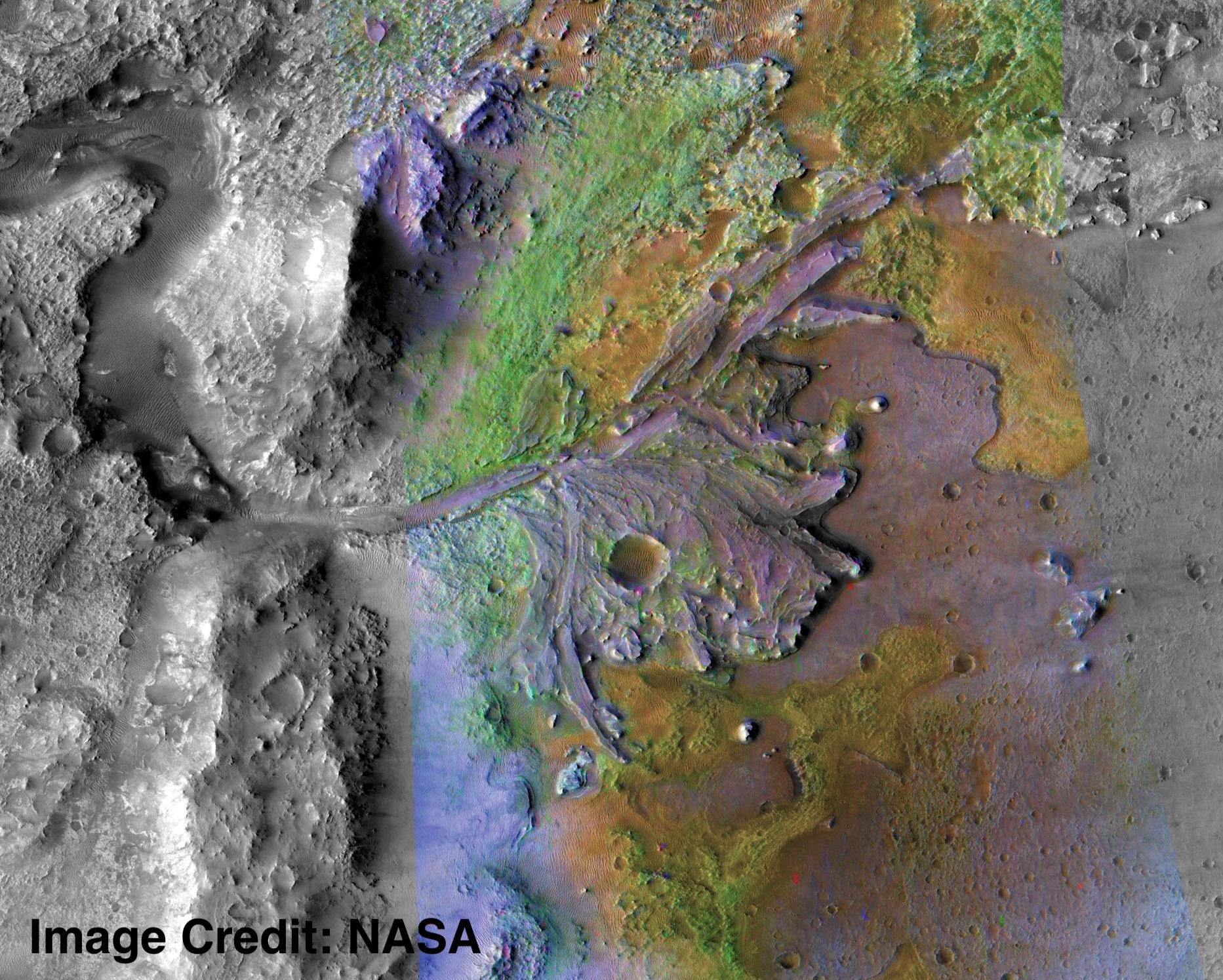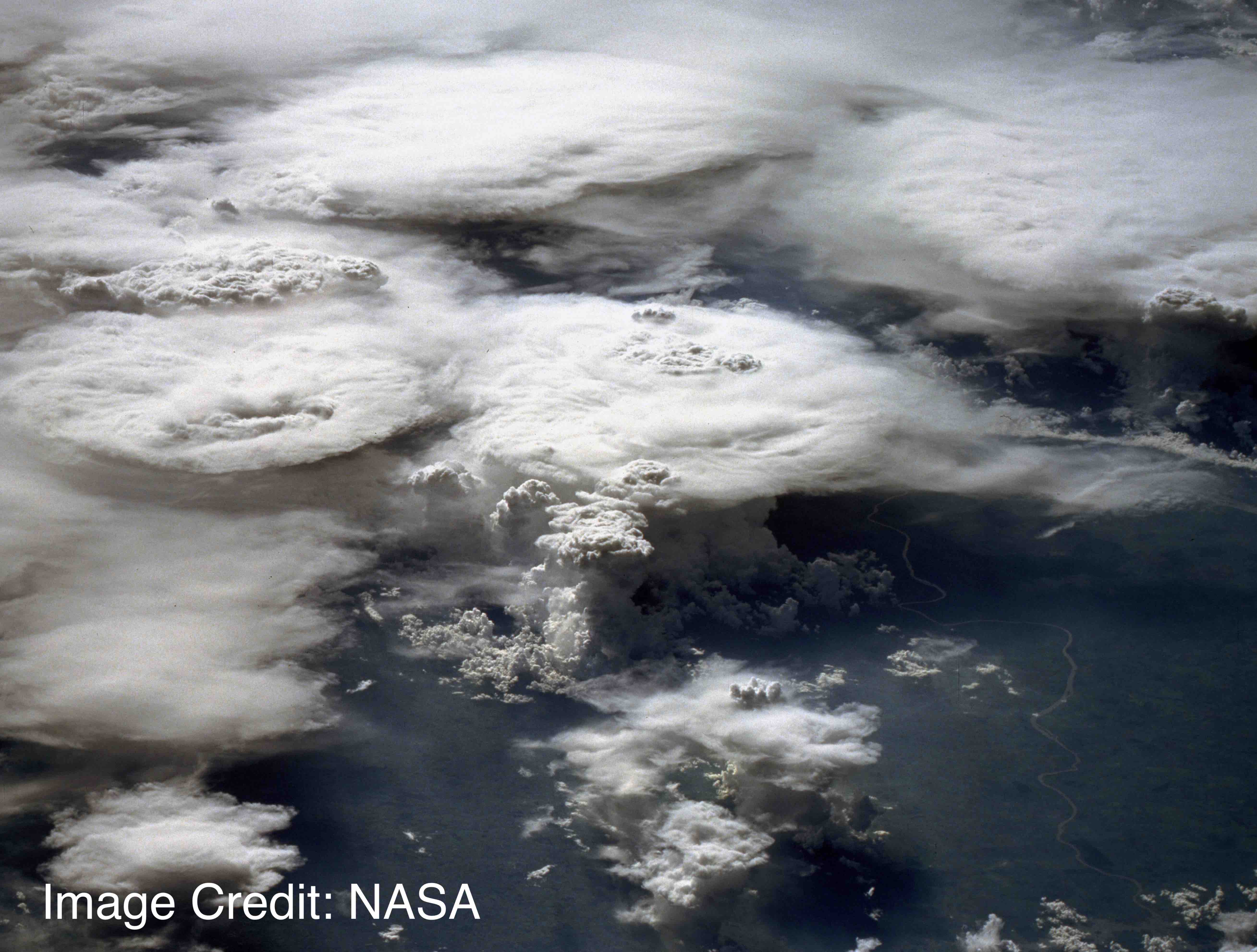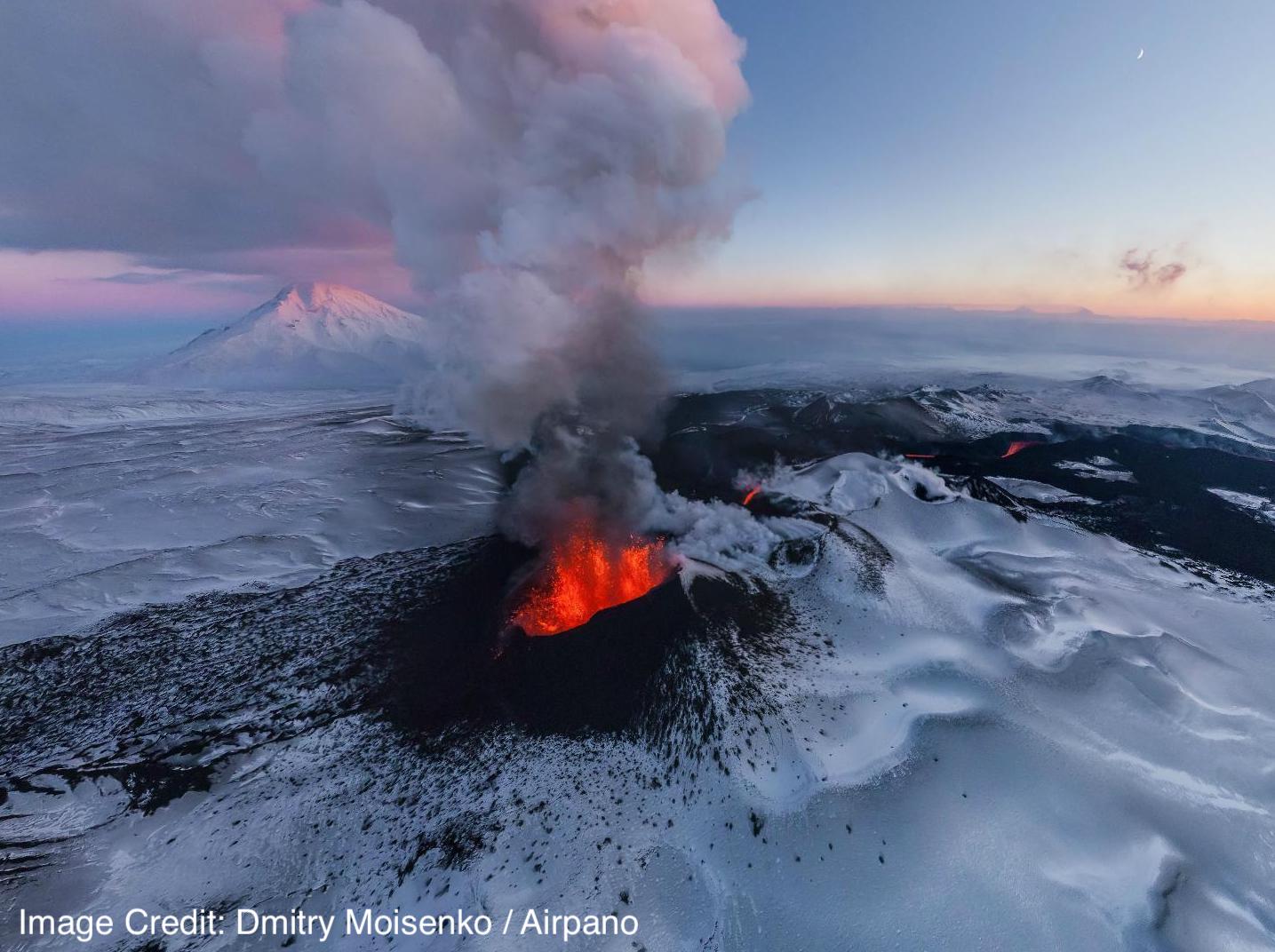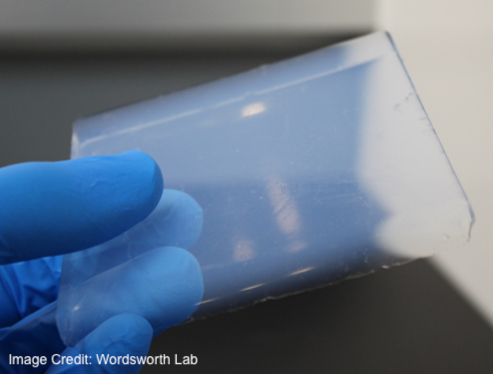Research Highlights
We work on a wide variety of different topics related to planetary climate, atmospheres and habitability. Below are a few examples of things we've been studying recently. For more detailed information, please see our Publications page.
Climate of early Mars

Mars today is dry and cold, but during some periods in the past, it was habitable to Earth-like life. Understanding why this was the case is one of the grand challenges of planetary climate science, and our group has worked extensively on this topic.
Radiation, clouds and convection

To understand what drives climate on different planets, general models of radiation, clouds and convection are required. We develop new theories and build computer models of these processes that have application to a wide variety of planets -- including Earth itself.
Exoplanet atmospheres

Exoplanets are an exciting frontier in planetary science. We develop and test theories about the atmospheres, habitability and potential biosignatures of nearby rocky planets. Data is still limited, but important new constraints are now emerging from new space and ground-based telescopes.
Snowball Earth initiation

The Snowball Earth events were some of the most drastic climate transitions in all of Earth history. We are interested in why these events happened when they did --- but also why they haven't happened again in the last few hundred million years.
Experimental Habitability Research

As a complement to our theoretical work, we also perform laboratory investigations of habitability. We are particularly interested in how fundamental limits on habitability beyond Earth can be overcome through novel approaches that draw inspiration from existing natural phenomena.